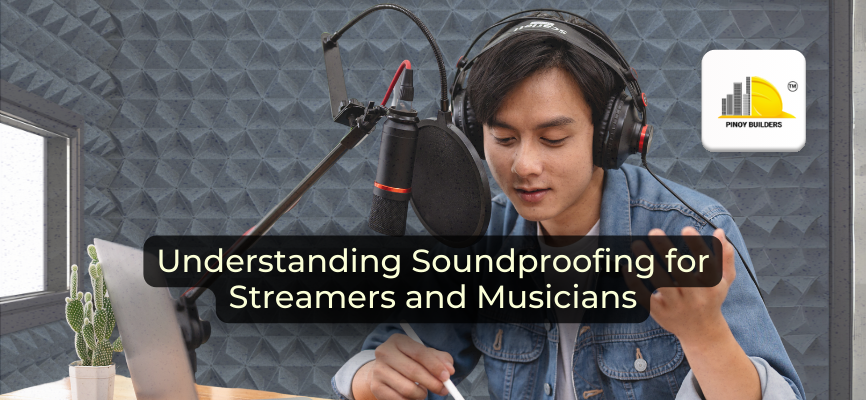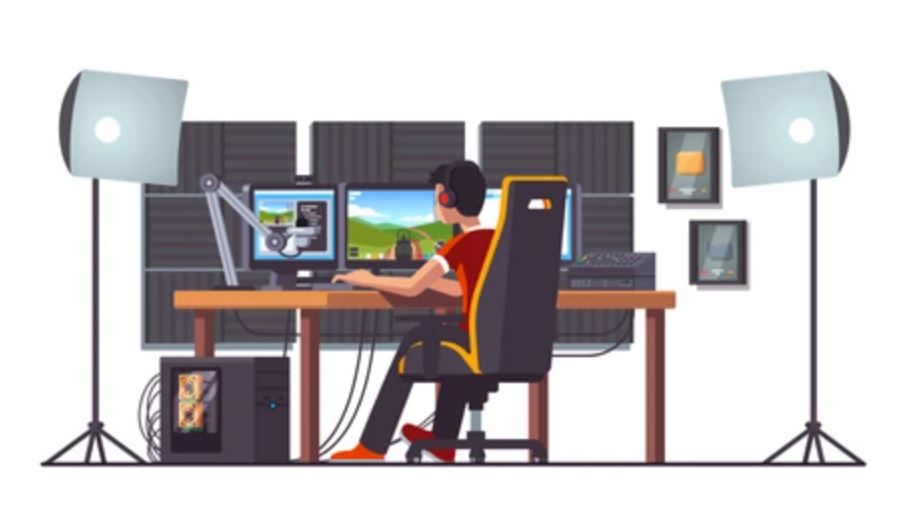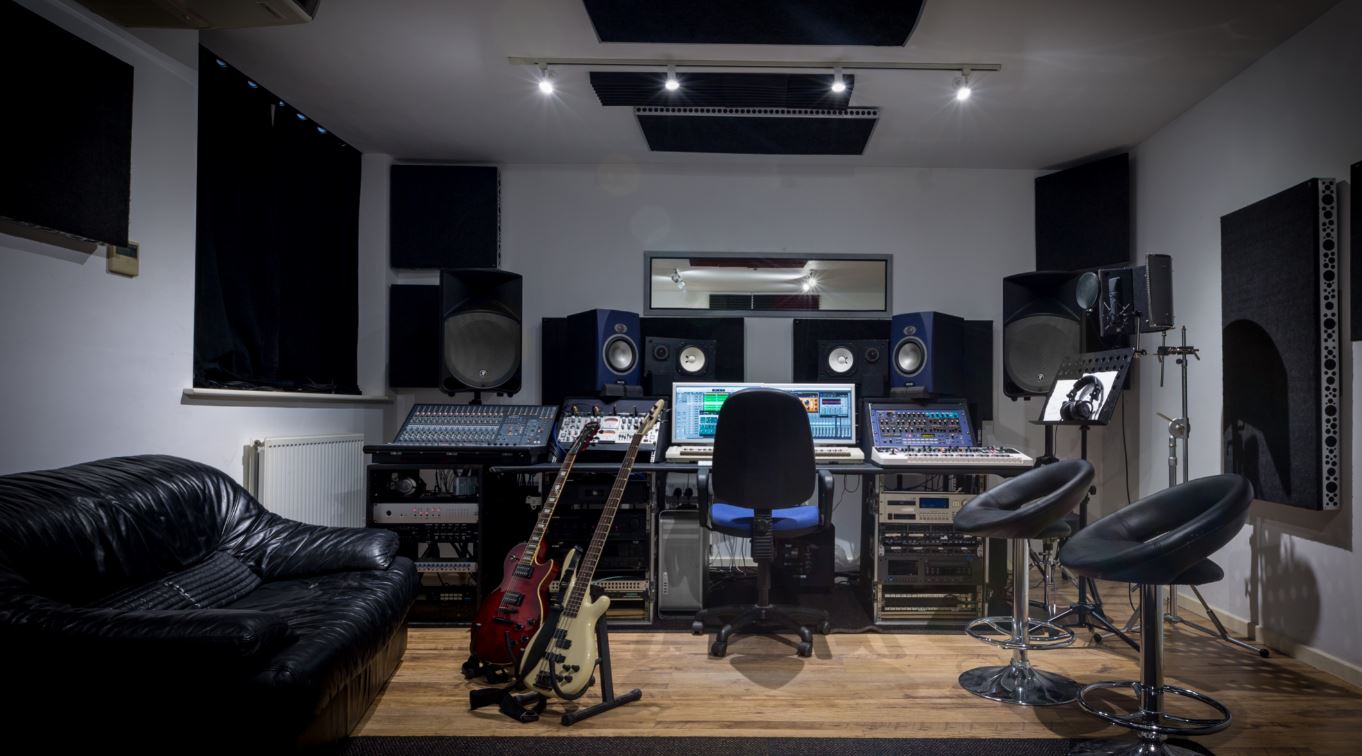The key to creating the perfect environment for them to be active in.
Sound control is important these days because of work-from-home setups and online streaming jobs becoming the norm for most people. The collective goal is to prevent unwanted noises from affecting sessions. As such, one must understand how important soundproofing is in their respective industries. After all, the needs of home-office workers are different from that of streamers and musicians alike.
A professional recording studio, built specifically for music recording purposes.
The Importance of Sound Control
For musicians, the function of a music room is to have a place that can deter all unwanted distractions whether their ears pick it up or not. Sound editors know the pain of picking up unintended echoes or cracks during a recording. It is necessary to understand the basics of how sound absorption works and how much noise deadening the homeowner should go for.
Sound absorption is all about balance and control. An acoustically dead room will lead to minimal reverberation. This means every sound made inside will come out dull and soulless. The right amount of sound absorption can be good for video streamers, but not for music recorders. At the same time, spending too much on noise control can be a waste if you only need the bare minimum to keep out outside noise.
In the market, there are plenty of options out there to offer substantial noise control. Some require a bit of DIY magic, while others require more intimate home revamping.
Known DIY products for noise control
Acoustic Foam
Cheap, easy to install, and gives off a good aesthetic vibe. Keep in mind that these foams only work to reduce noise pollution, not cancel them.
For streamers, vloggers, podcasters, and music recorders, they just need the bare essentials for muffling unwanted noise. Streamer room photo courtesy of The Republic.
Acoustic Panels
Likewise, acoustic panels work to reduce noise pollution. They mostly work to support other noise control efforts.
Acoustic panels. Acoustic foams also utilize a similar design.
An effective and flexible product for soundproofing, it acts as an effective absorber of outside noise if installed properly. Though can be put over the wall like a wallpaper, the most effective way to soundproof a room is to install it inside a drywall. It is a good option for people with time and money to spare.
Acoustic Caulk / Sealants
These are used for dealing with small gaps present on walls. They also help in preventing noise from seeping through.
Solid Core Interior Doors
These doors have a mixed reception for being cheaper and heavier than their hollow counterparts. But in the world of sound reduction, they are well regarded for their decent noise-cancelling properties. A must-haves for musicians.
Specialty gypsum walls and regular drywalls are both efficient in sound-dampening. This also happens to be the most expensive and time-consuming option. The most popular options for soundproof walls include medium density fiberboard, plywood, oriented strand boards, and cork.
Illustration of a soundproof wall. Explanations can be read here.
Insulated Curtains, Rugs, Carpets, Mats
They are curtains that lightly muffles the noise coming from the other side. Decent, but not effective on its own.
An in depth look at how floors are properly soundproofed. Photo and explanation courtesy of A Quiet Refuge.
Another factor that needs to be considered is sound reflection, or echos and vibrations caused by corners and floors. This is what’s known as the “megaphone effect”. It’s the best and cheapest way of dealing with noise. It is done by adding blockers to corners, such as large furniture.
A more serious way of dealing with the “megaphone effect”.
For sound editors, hobby musicians, home workers, and streamers, light soundproofing solutions are all they need to improve the quality of their sound production. However, for those going for theater or studio-like quality, they need to go the extra mile in having their rooms renovated with the proper materials.
It’s not just about keeping the sound out; it’s also about keeping it in. Large percussion instruments may reverberate beyond the room and disturb the neighbors.
Soundproofing for work-related reasons have become more relevant these days thanks to quarantine and the rise in popularity of stream-related jobs. Whether it’s casting for events or holding webinars, consistent audio quality is necessary in holding your audience’s attention.
It is a blessing that there are many DIY soundproofing options in the market today, making it easier for non-builders to customize their workspace. But as usual, if you want proper, professional-quality soundproofing, you either tear down your wall or have renovation experts give their 25 centavos on how much sound deadening you will truly need.
![]()












